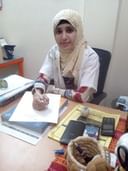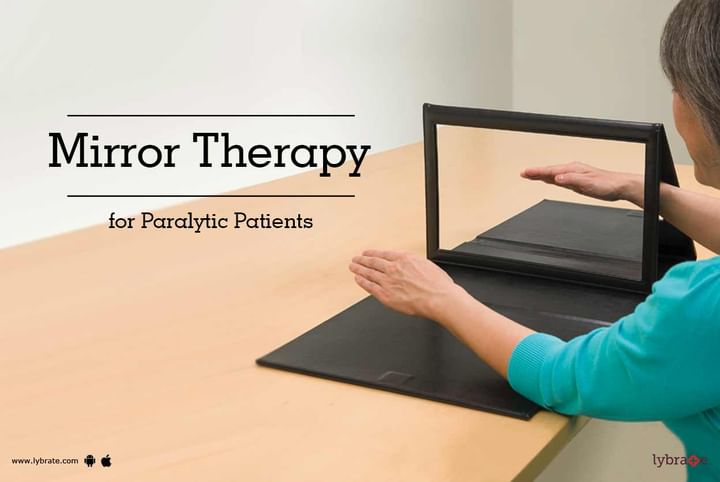Mirror Therapy for Paralytic Patients
Even after an amputation, many patients claim to feel chronic pain in the amputated limb. This is known as phantom limb pain. It may also be experienced by paralytic patients or patients who have suffered from a stroke that has left then with a restricted range of possible movements. This pain can affect a person's daily life by making simple activities like walking, eating, dressing etc difficult. Mirror therapy is an effective way of treating phantom limb pain. It uses a mirror to manipulates the visual feedback sent to the brain and trick the mind into believing that the affected limb can move without pain and hence.
Mirror therapy was first developed by Vilayanur S. Ramachandran. This therapy is based on the hypothesis that even though a limb has been amputated or is paralyzed, the brain still receives sensory feedback from it whenever the patient tries to move the affected limb. This feedback becomes ingrained. Mirror therapy was developed as way to retrain the mind and eliminate this learned process.
To undergo mirror therapy, a patient must sit at a table with a box that has a mirror on one side. The affected limb or stump is placed inside the box in such as way that it is not visible and the other hand is placed on the table opposite the mirror. Visually, the reflection of the active hand on the table takes the place of the inactive one inside the box. The patient is then instructed to move the active hand.
In cases of amputated limbs, the patient's pain is triggered by feeling that the phantom limb is stuck in an uncomfortable position and cannot be moved. By the artificial visual feedback of seeing the hand and its reflection move comfortably, the brain is tricked into believing that the phantom limb is also moving. This helps ease the pain. In cases of paralyzed limbs, this can also help regain movement.
Mirror therapy can be practiced at home and usually does not require a therapist's intervention. To benefit from it, a patient must find a quiet secluded part of the house where he or she will not be disturbed. Unlike other forms of therapy, mirror therapy should be practiced for not more than five minutes at a time. However, the patient may do this as many times as he likes during the day. As this is a non invasive procedure, there are no side effects to this kind of therapy.



+1.svg)
